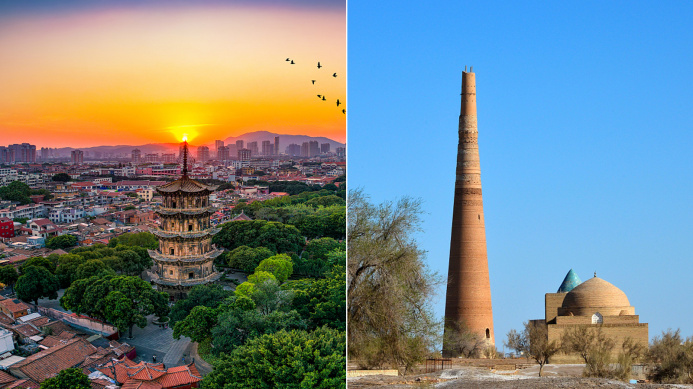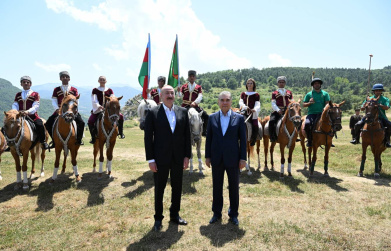Heritage and Future: Turkmen-Chinese Dialogue through Culture and the Exchange of Meanings
17.07.2025 | 02:25 |In Chinese, culture is denoted by the word “wenhua” (文化). This concept goes far beyond a set of customs, rituals or works of art. It contains philosophical depth and dynamics.
“Wen” (文) symbolizes the knowledge, art, literature, morality and philosophy accumulated by mankind – all intangible values passed down through the centuries.
“Hua” (化) is the process of transforming these values, their influence on man and society, their development and adaptation to new conditions.
It is in this living, transformative sense that culture becomes a real force for mutual understanding – and in this context, cultural and humanitarian cooperation between Turkmenistan and China is acquiring special significance today.
Cultural Dialogue Through the Ages and the Present
The historical closeness between our peoples dates back to the era of the Great Silk Road, where caravans not only transported goods, but also brought ideas, music, images, and beliefs.
Today, we have witnessed how this ancient cultural dialogue is taking on a new form. Turkmenistan and China are actively conducting humanitarian exchanges, turning the concept of "wenhua" into concrete actions - in educational, artistic, scientific and cultural initiatives.
One of the recent striking examples is the cultural event "Introduction to Civilizations and Mutual Dialogue", which took place in Ashgabat in early July. It featured two unique exhibitions. The first was an exposition of porcelain from Dehua, famous throughout the world for its impeccable whiteness, refined forms and deep aesthetics.
The second is an exhibition dedicated to Chinese equestrian culture, which in many ways echoes Turkmen traditions, where the Akhal-Teke horses – a national pride – symbolize man’s connection with nature, spirituality and grace.
Walking through the exhibition hall, I realized that these events are not just a demonstration of artistic mastery. They remind us that cultures separated by thousands of kilometers can have a surprising amount in common, be it a reverent attitude to craft, a desire for aesthetics, or a common passion for horses that goes back centuries.
From Dialogue to Trust
What is especially important is that this is not just an exchange of exhibits or performances. This is an exchange of meanings that shape our thinking, our attitude to life, to each other. It is through such initiatives that trust is born - a deep form of respect, without which neither partnership nor peaceful coexistence is possible.
In my opinion, cultural and humanitarian cooperation is not an addition to diplomacy, but its core. It forms sustainable ties between societies and creates a basis for stronger political and economic interaction. This is especially relevant in a rapidly changing world, where technological progress outpaces human understanding and often alienates people from each other.
Investments in Culture are Investments in Stability
I believe that deepening humanitarian ties is a strategic resource. This is an investment in human capital, in images, in the language of friendship, understandable regardless of national borders.
In the future, such initiatives, in my opinion, should be expanded - for example, through the creation of permanent youth cultural forums "Turkmenistan-China".
These could be platforms where young people could exchange theater troupes, musical groups, writers and artists, launch joint cinematographic and publishing projects. Such initiatives could talk about the intersections of history, the similarity of images, motives and heroes that unite our cultures.
Cultural and humanitarian relations are not something that can be measured in numbers. But they are what make international relations humane, warm and long-lasting.
They are what make it clear: behind the economy, politics and statistics are people, with their hopes, stories and aspirations.
"Wenhua" is not something we study in museums. It is what we become.
Enejan KEPBANOVA











